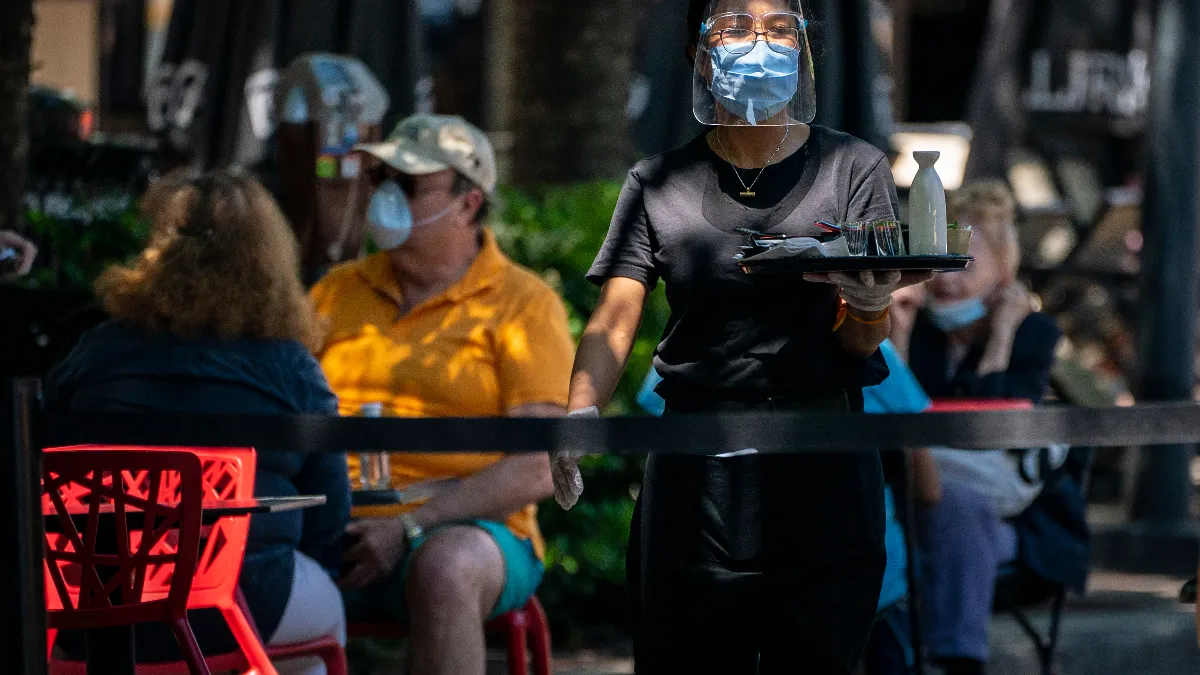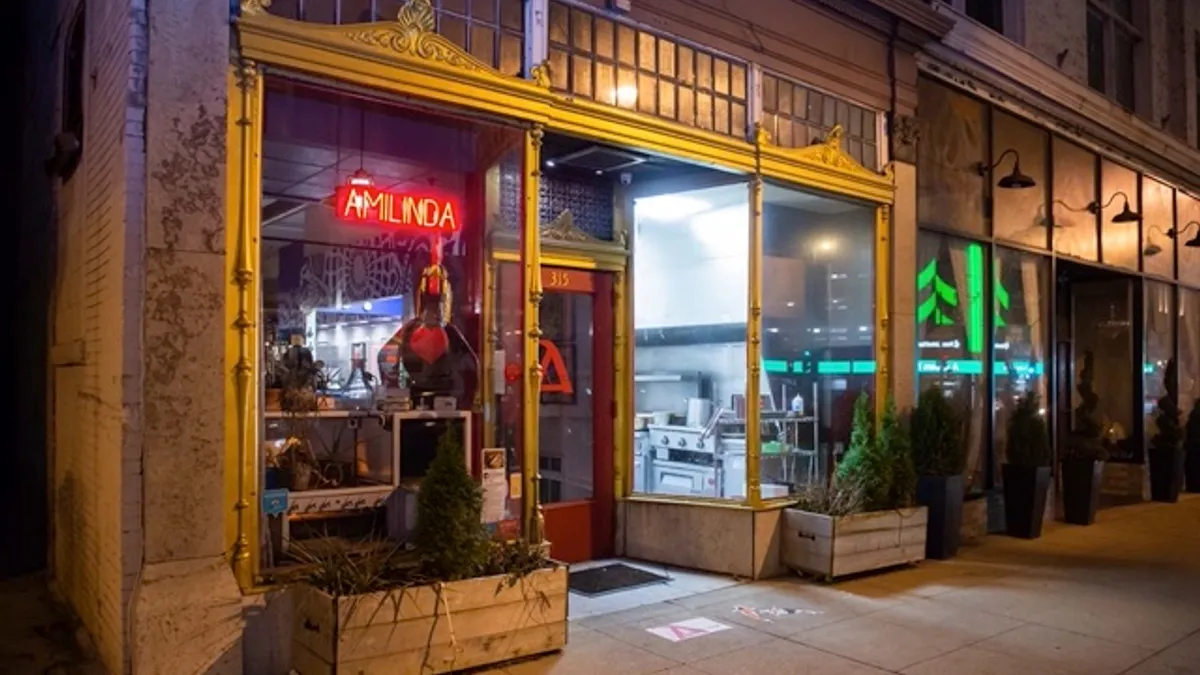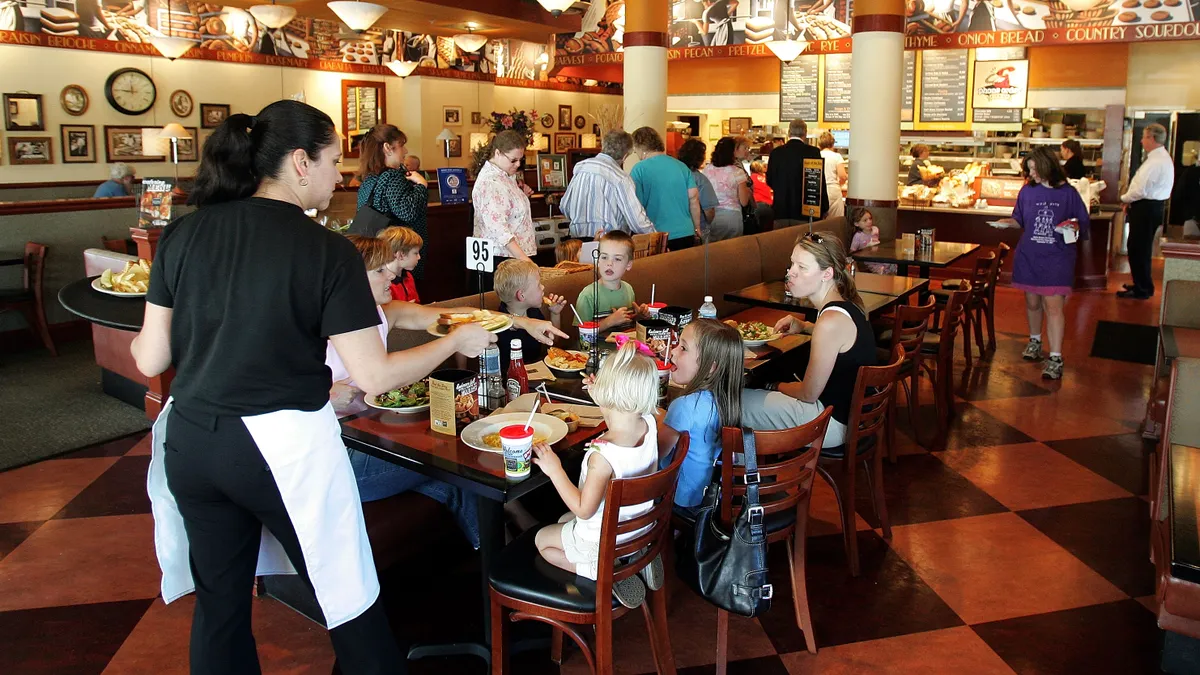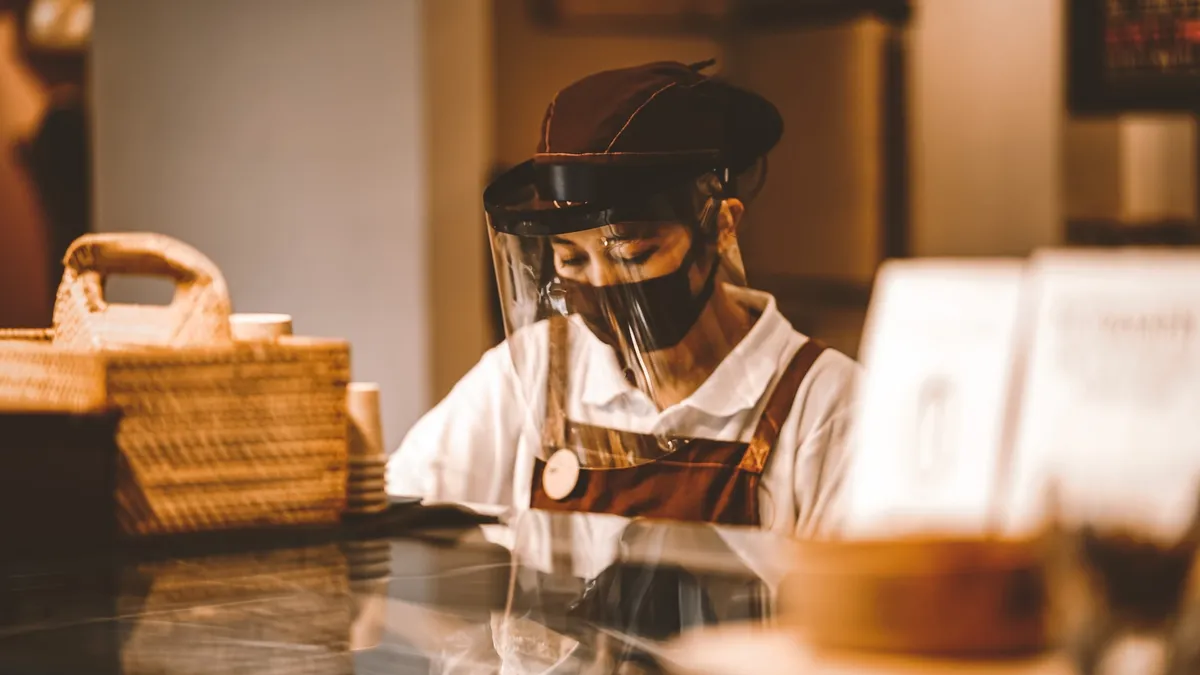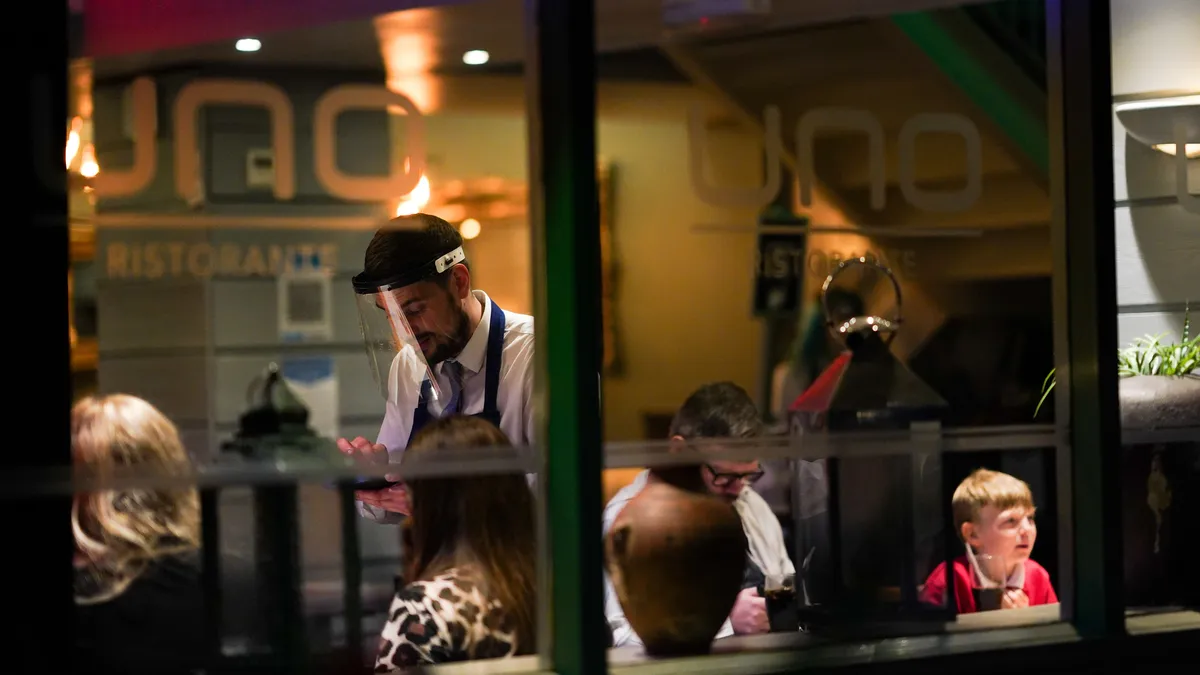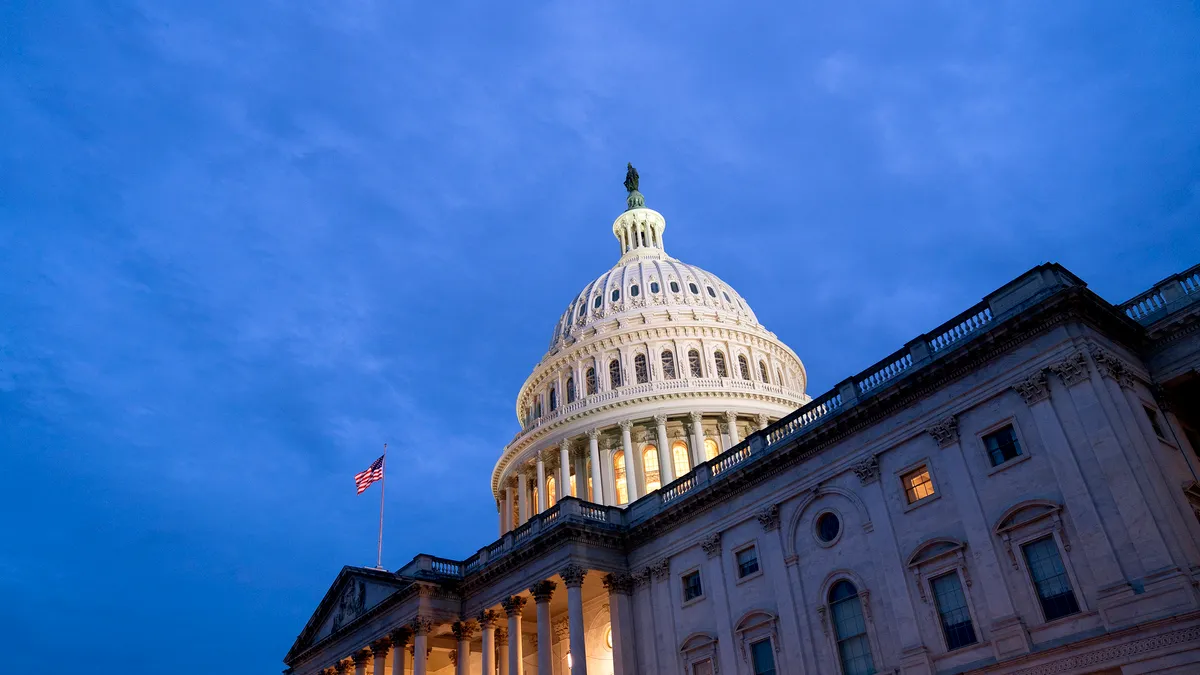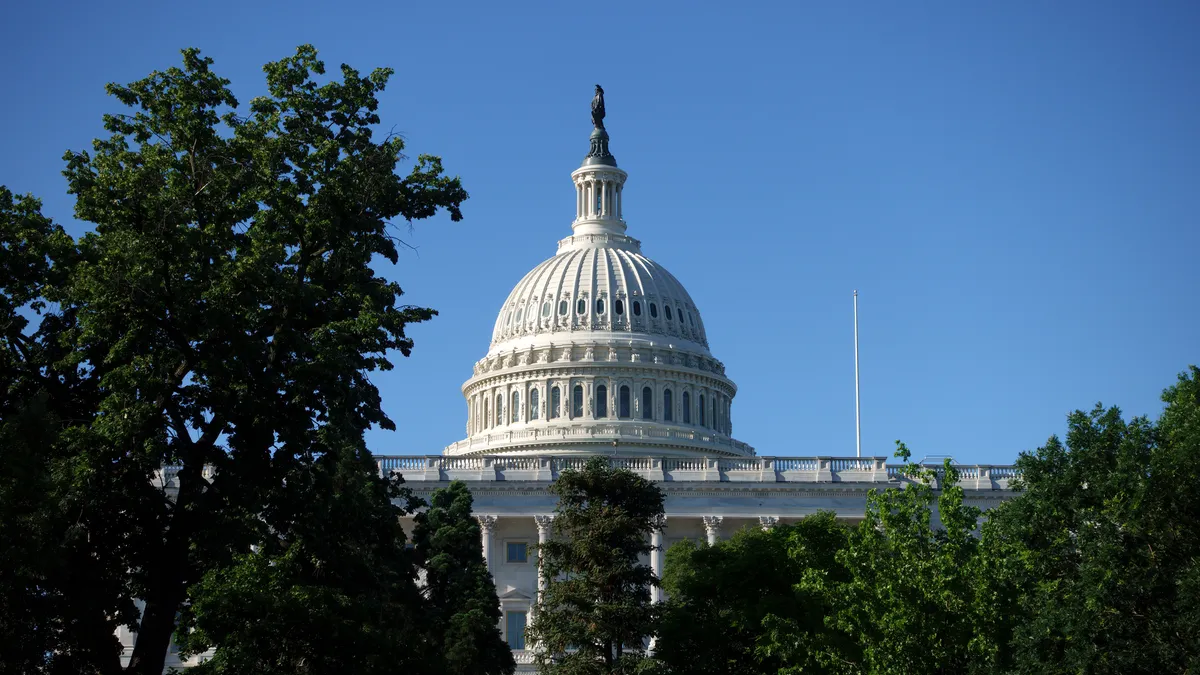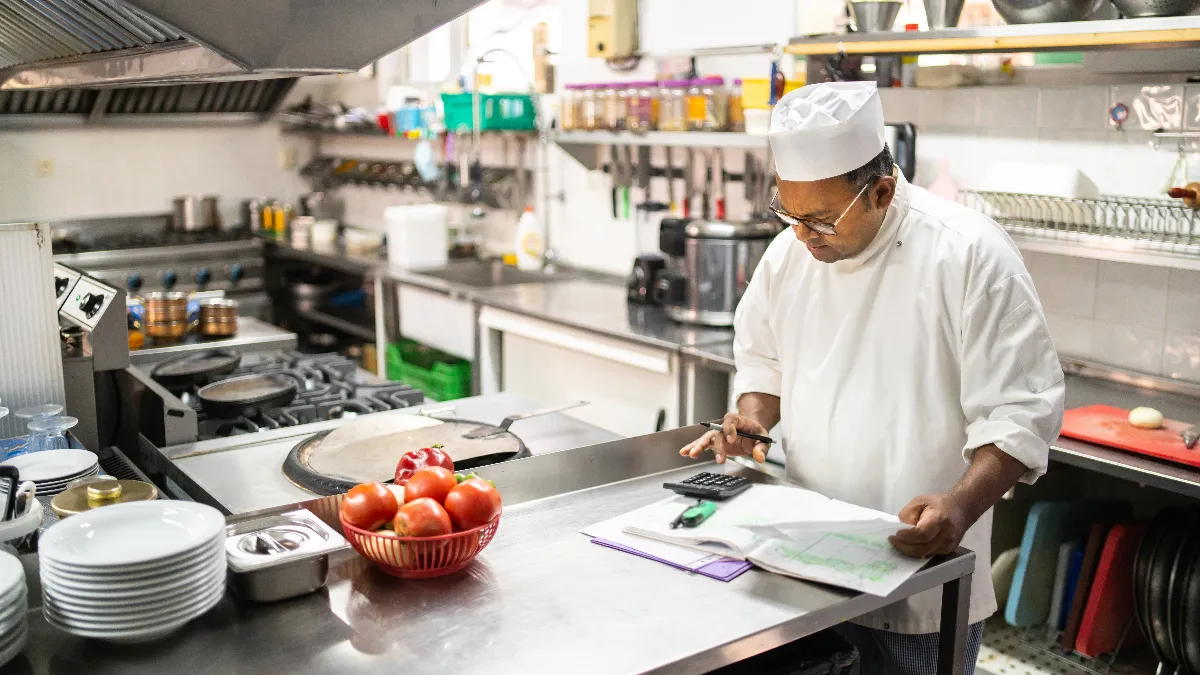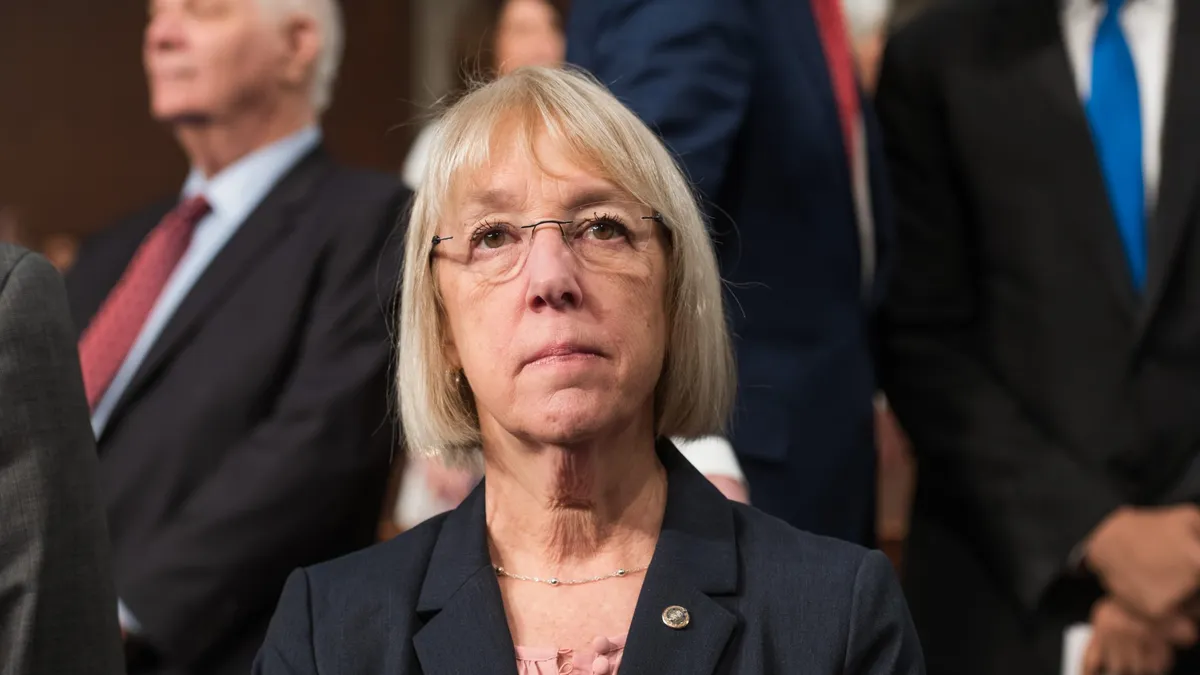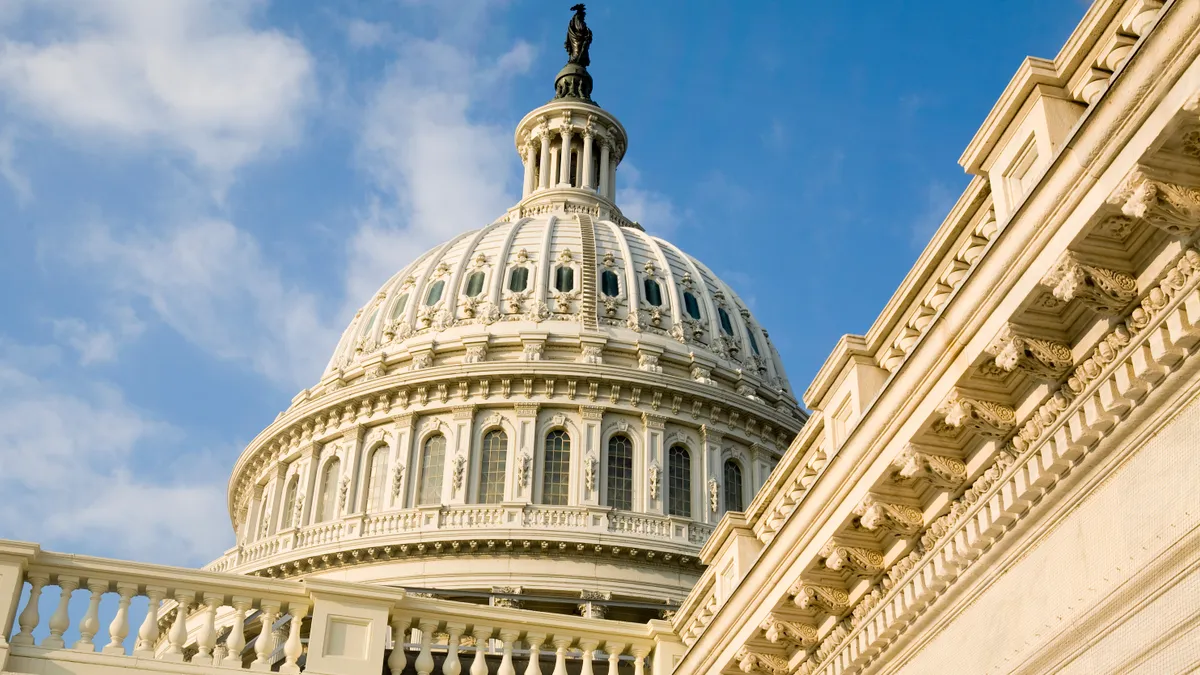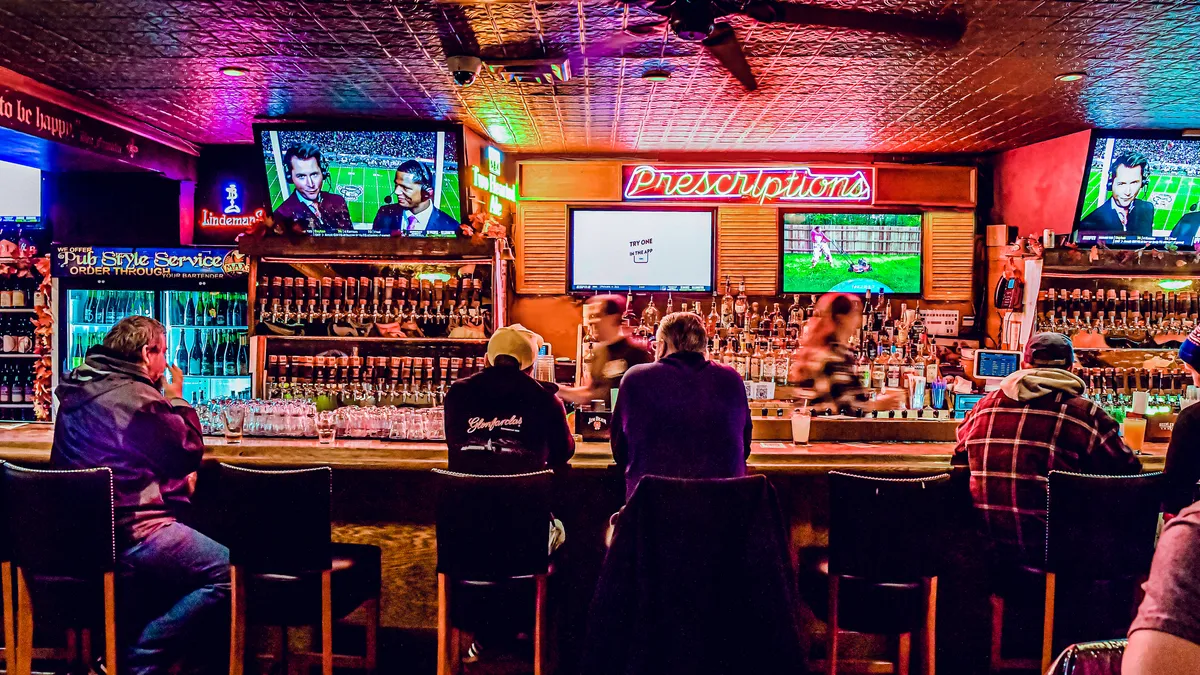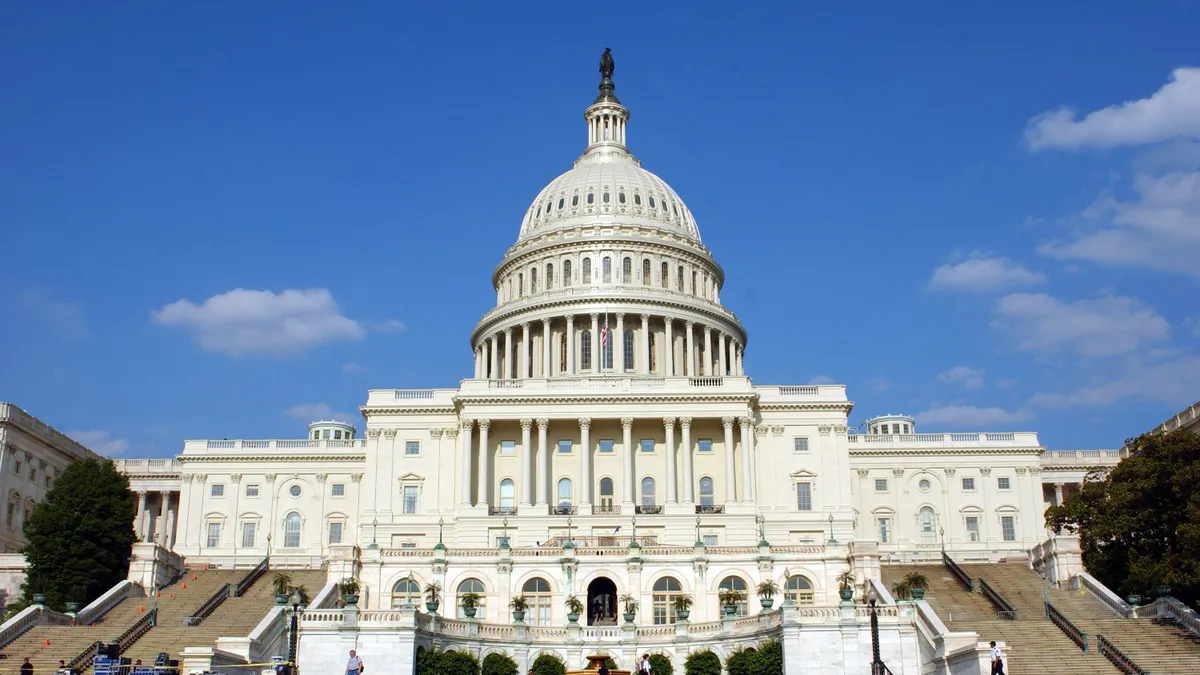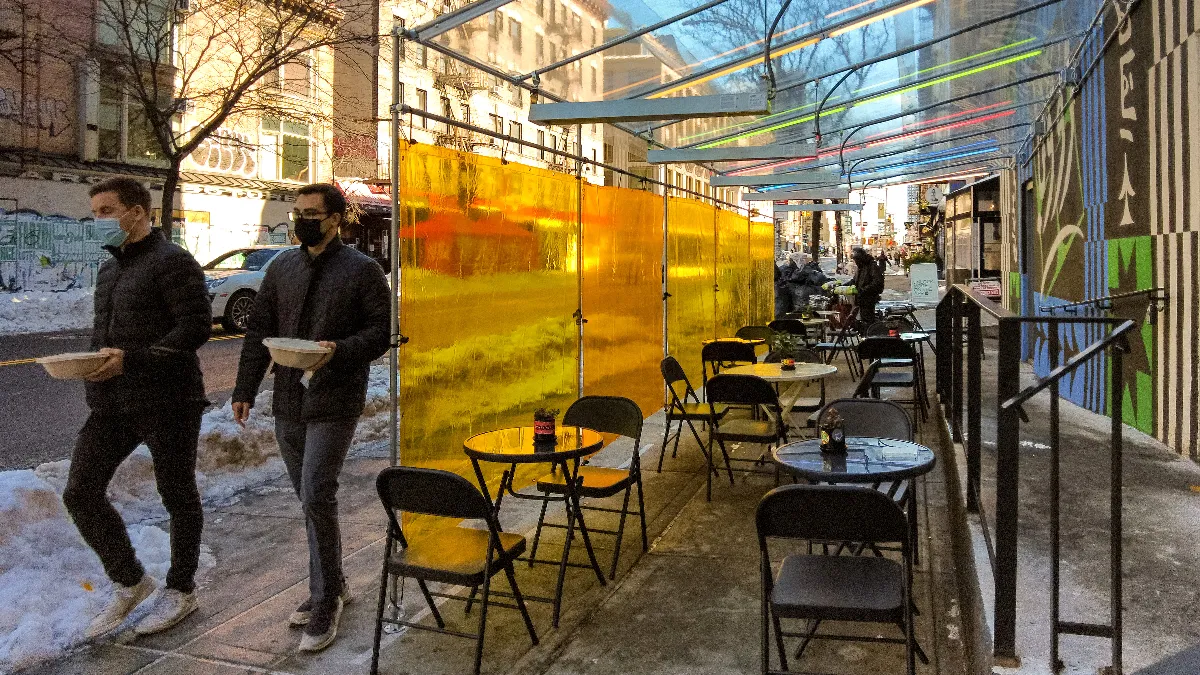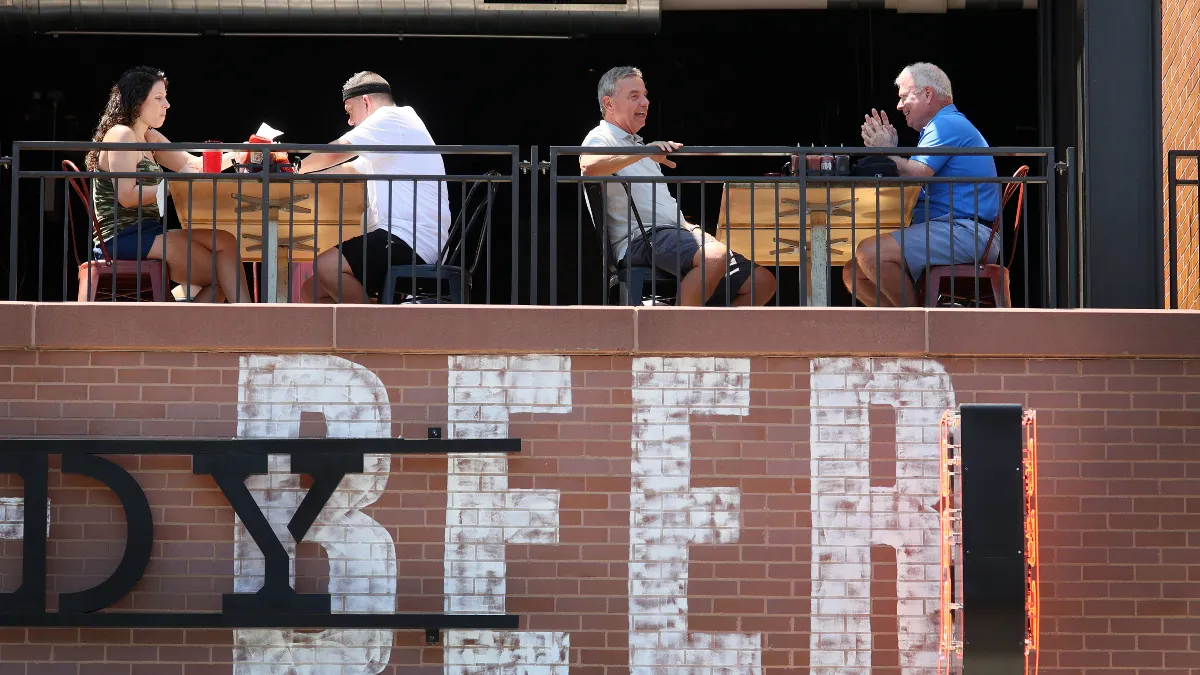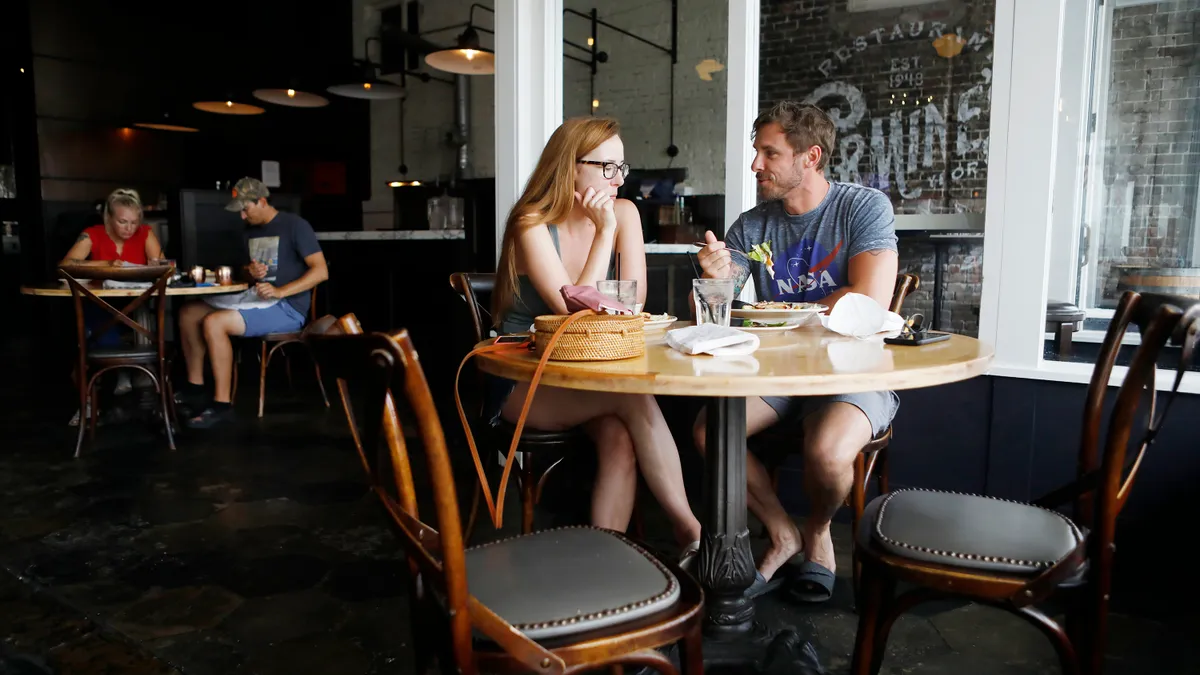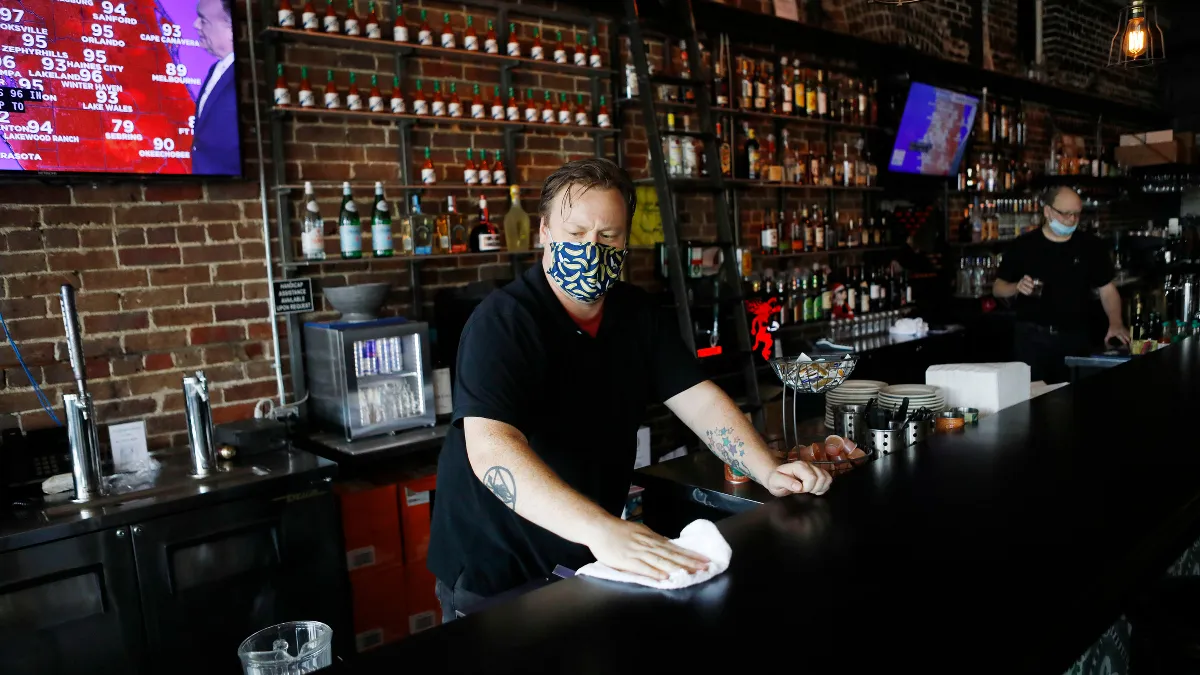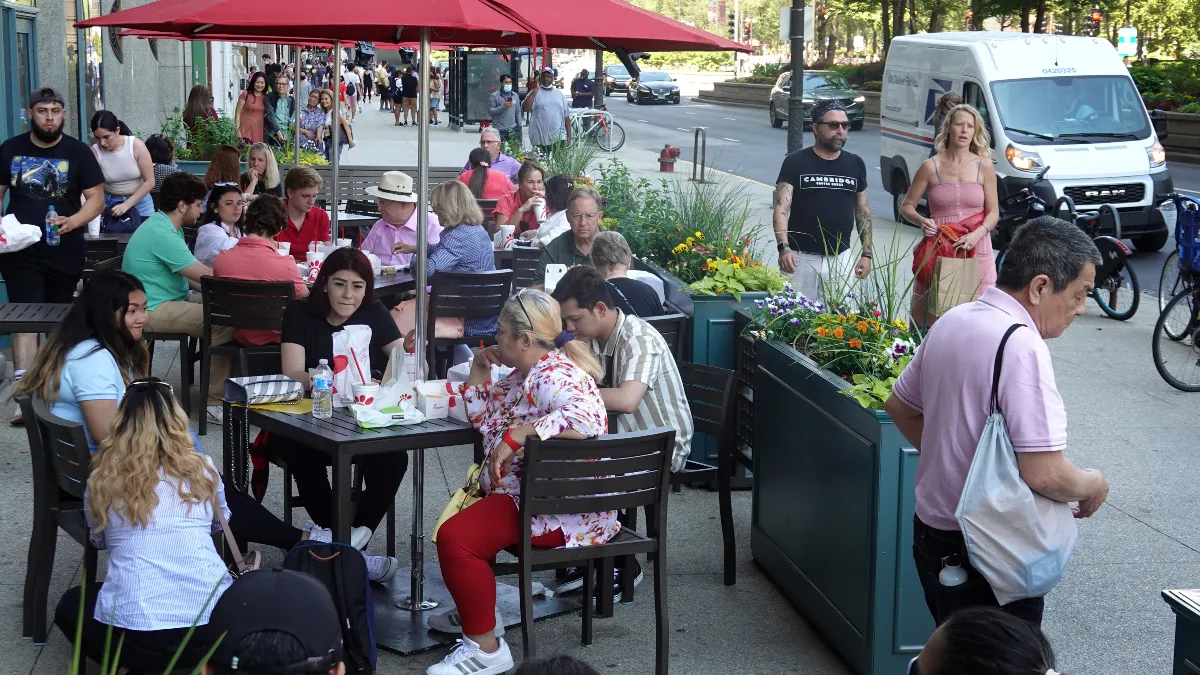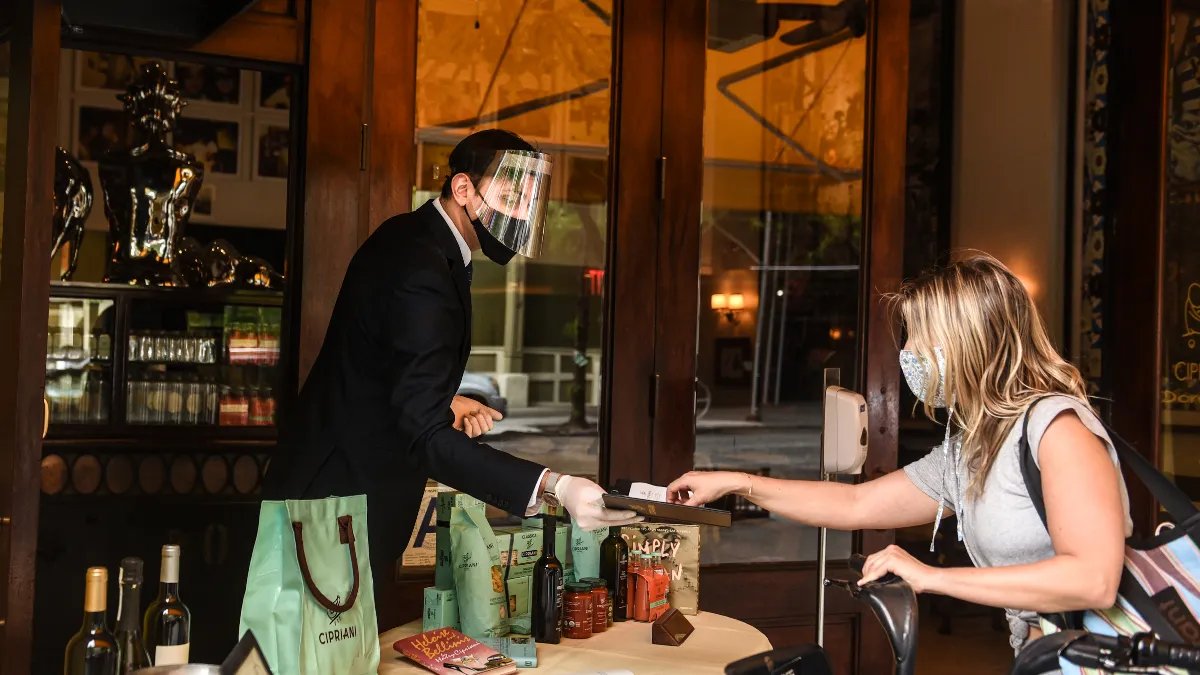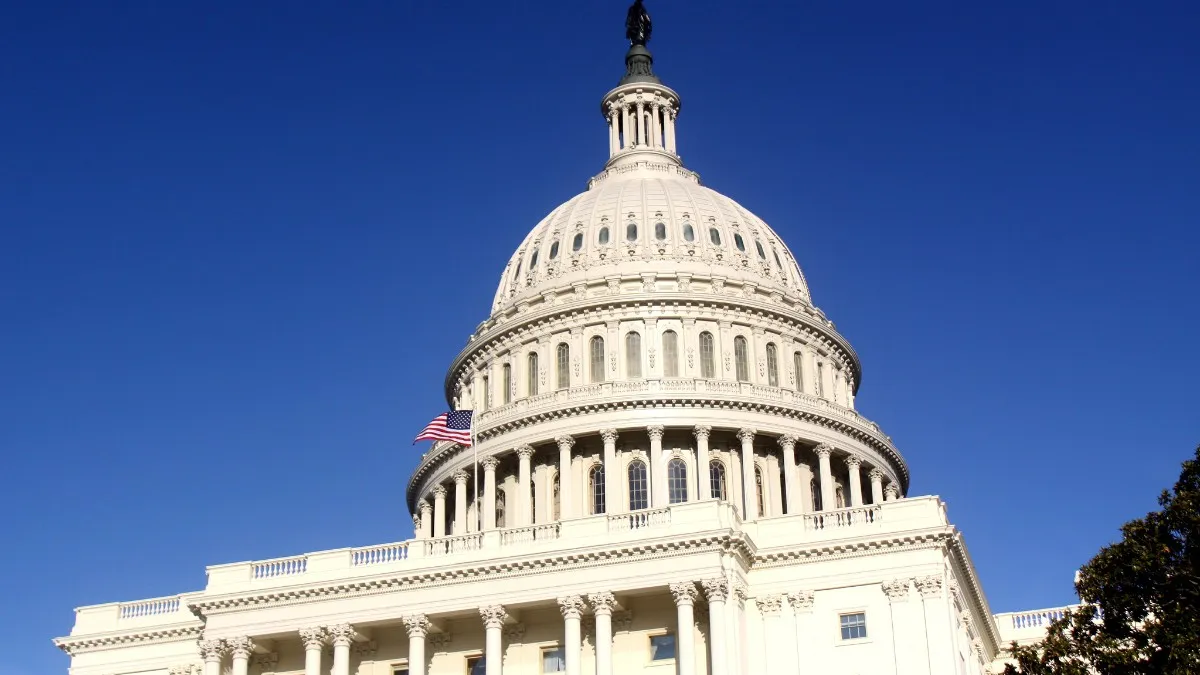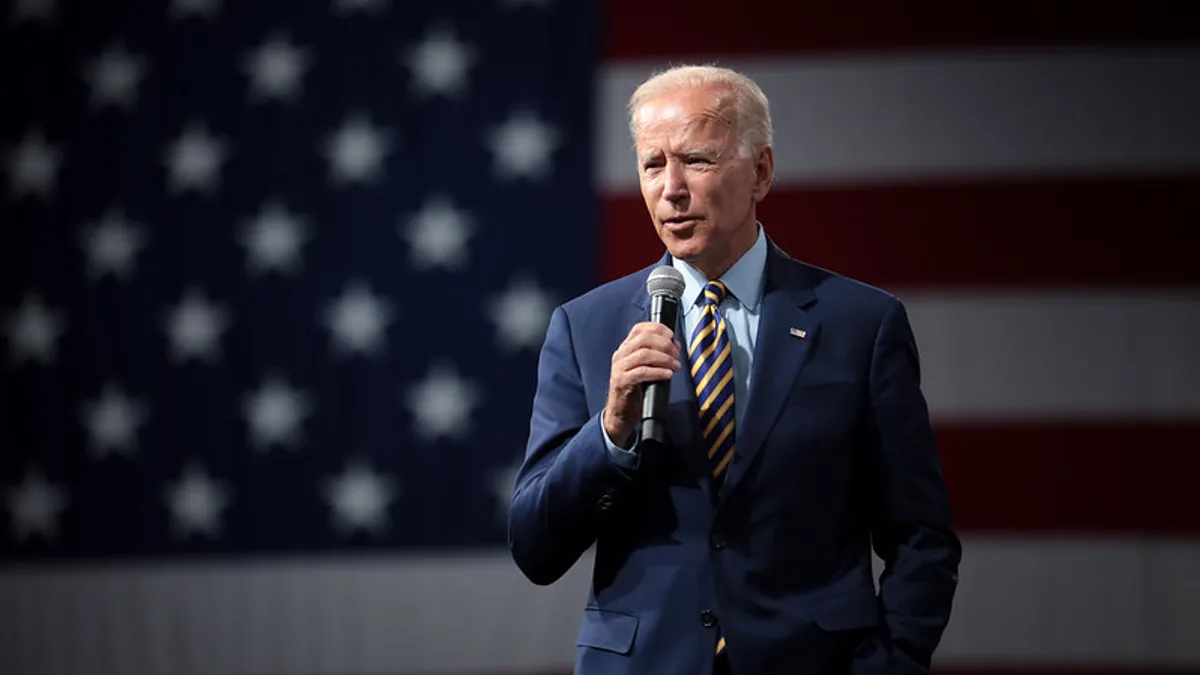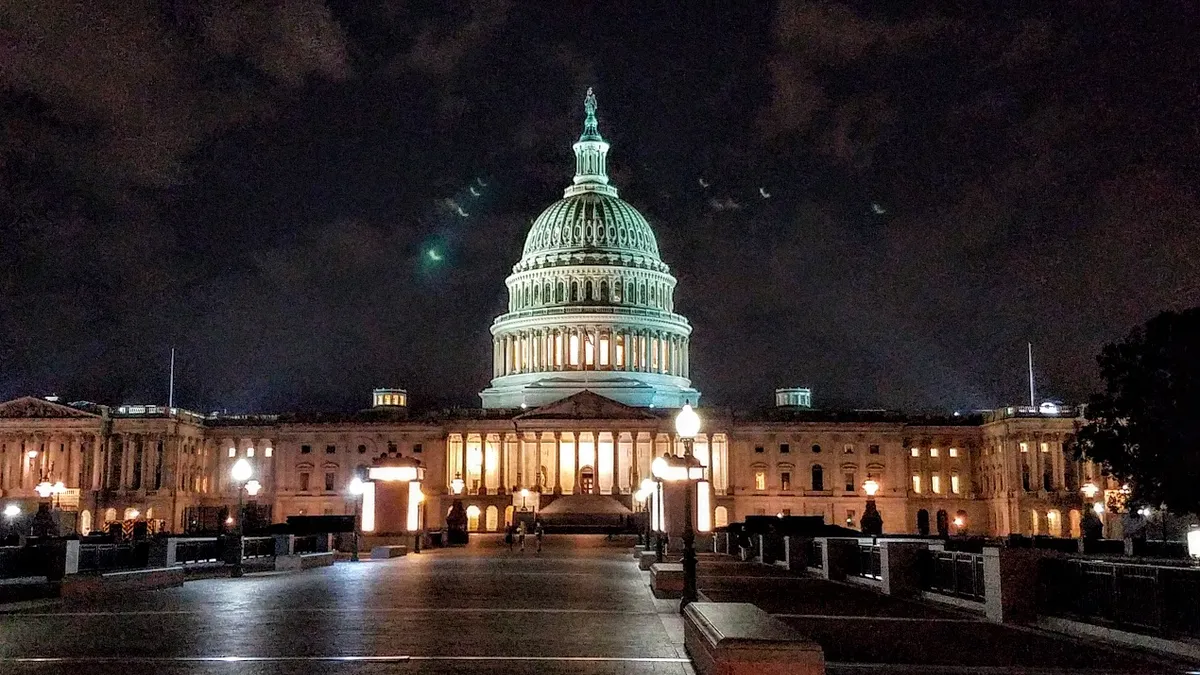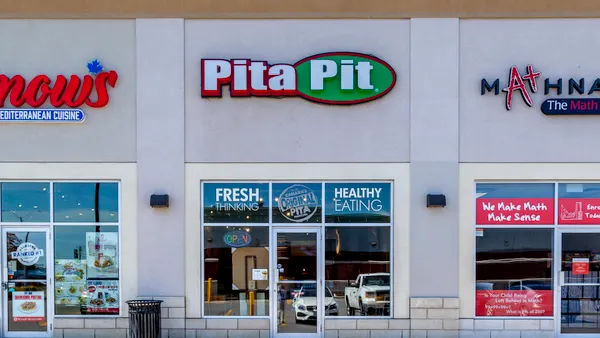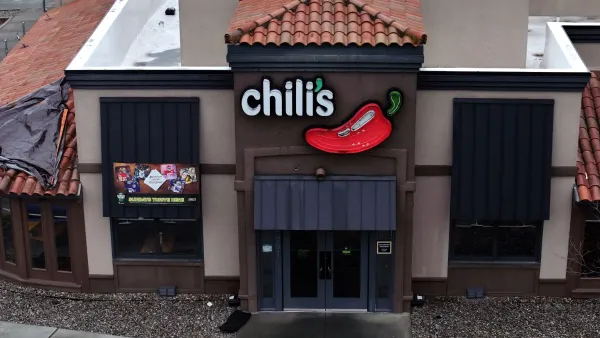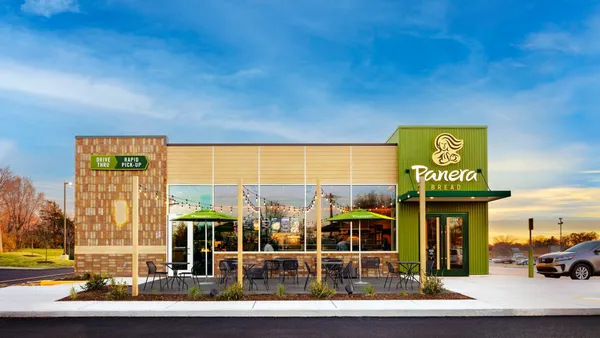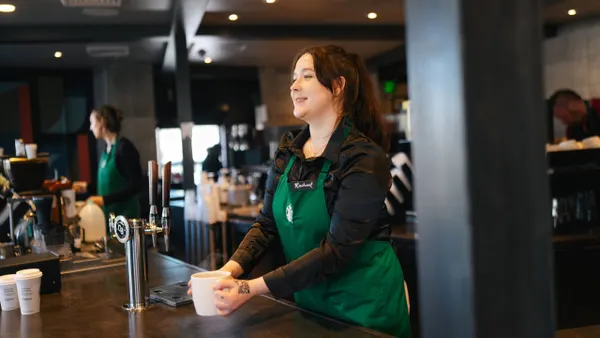Dive Brief:
- Small Business Association Administrator Isabelle Casillas Guzman announced Wednesday the $29 billion Restaurant Revitalization Fund will close at 8 p.m. EST on Monday, May 24.
- More than $220 million of the $500 million RRF set aside for businesses with less than $50,000 in pre-pandemic revenue is still available, according to the SBA. RRF has received over 303,000 applications totaling more than $69 billion in requested funds, and has approved roughly 38,000 applicants for more than $6 billion.
- The RRF could be refilled after the upcoming deadline. White House Press Secretary Jen Psaki said earlier this month the White House will "discuss the best ways to further support small businesses, including restaurants hurt by the crisis."
Dive Insight:
The RRF's deadline lines up with the end of the three-week period in which the program is prioritizing women, veterans and socially and economically disadvantaged business owners. In other words, struggling restaurant operators who do not fit these demographics will not receive priority before the portal closes.
That applicant selection process has sparked backlash. On Tuesday, a federal judge in Texas issued a preliminary ruling that the RRF discriminated against a white male restaurant owner, Philip Greer of Greer's Ranch Café, and ordered the SBA to temporarily stop prioritizing applications from minority operators.
"The evidence submitted by plaintiffs indicates that the entire $28.6 billion in the Restaurant Revitalization Fund may be depleted before plaintiffs' application can be considered for relief under the program," U.S. District Judge Reed O’Connor wrote, The Hill reports. He added the plaintiff could experience "irreparable harm" if the fund runs out before his application would be considered.
Unless the SBA changes its prioritization, Greer and countless other restaurateurs who applied for funding will not be considered before the well runs dry. But this issue may be more reflective of the overwhelming need U.S. restaurants have for financial relief compared to the RRF's limited funds than of prioritization decisions. The $69 billion in requested funds submitted to the program is more than double what the RRF can dole out.
"This amount won't even come close to covering the over $280 billion in sales that restaurants and bars have lost during the pandemic," Erika Polmar, executive director of the Independent Restaurant Coalition, said in a statement of the $69 billion in requested funds. "The vast majority of independent restaurants and bars are still struggling to make ends meet through no fault of their own and Congress must refill the Restaurant Revitalization Fund to ensure everyone who needs relief receives it."
Of the submitted RRF applications, 57% were filed by the program's priority group of women, veterans and socially and economically disadvantaged business owners. During the first two weeks of the program, more than 122,000 women, more than 14,000 veterans and more than 71,000 economically and socially disadvantaged operators applied.
The RRF has also received nearly 13,000 applications from businesses with $50,000 or less in pre-pandemic revenue for a total of $290 million in requested funds. Businesses with $500,000 or less in pre-pandemic revenue and between $500,000 and $1.5 million in pre-pandemic revenue requested $6.1 billion and $8.4 billion in funds, respectively.
"The impact of fifteen months of lost revenues won't go away overnight," Polmar said.



